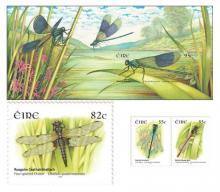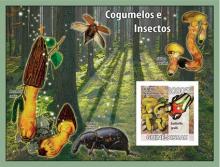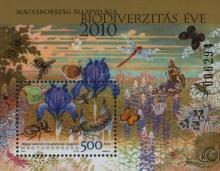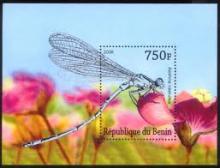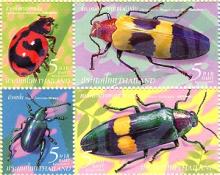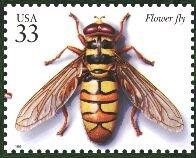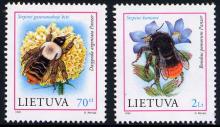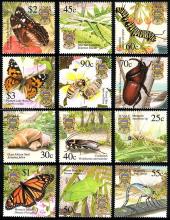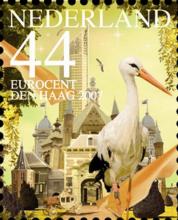With global value of $980 million in 2008, imidacloprid provides insect control for crops and noncrops
Imidacloprid, developed by Bayer CropScience in 1985, is an insecticide, a seed treatment insecticide and seed treatment insecticide/fungicide combination. Bayer still holds patents on the active for some formulations, specifically when combined with fertilizer. Its mode of action is nicotine acetylcholine receptor agonist/antagonist, and it is registered in more than 100 countries worldwide for use on more than 140 crops. It is used primarily on canola, cereals, corn, cotton, oil seed rape, pastures, potatoes, rice, sorghum, sugarbeet and sunflowers for approved control of aphids, fruit flies, leafhoppers, grubs, termites, thrips, white fly, wireworms, various beetles (including flea beetle and pygmy beetle), various weevils, nematodes and various fungal diseases. It also has widespread applications in noncrop, including nursery, landscape, forestry, pest control and veterinary applications. Bayer Animal Health has been using a 10% imidacloprid formulation for its popular Advantage/Advantix flea treatments for dogs and cats as early as 1986.

